Home>Garden Essentials>When To Plant Gaillardia Seeds


Garden Essentials
When To Plant Gaillardia Seeds
Modified: March 15, 2024
Discover the best time to plant Gaillardia seeds in your garden. Learn expert tips and tricks for successful germination and blooming.
(Many of the links in this article redirect to a specific reviewed product. Your purchase of these products through affiliate links helps to generate commission for Storables.com, at no extra cost. Learn more)
Introduction
Gaillardia, also known as Blanket Flower, is a popular and vibrant addition to any garden. With its stunning daisy-like flowers in warm, fiery colors, gaillardia adds a burst of color and attracts pollinators like bees and butterflies.
One of the most cost-effective ways to grow gaillardia is from seeds. Planting gaillardia seeds allows you to cultivate a variety of colors and enjoy their long-lasting blooms throughout the season. However, knowing when to plant these seeds is essential for successful germination and healthy growth.
In this article, we’ll guide you through the process of planting gaillardia seeds and highlight the best time to do so. We’ll also share some important factors to consider and offer tips to help you care for your gaillardia plants.
So, whether you’re a seasoned gardener looking to expand your floral repertoire or a beginner eager to create a vibrant garden, read on to discover everything you need to know about planting gaillardia seeds.
Key Takeaways:
- Plant gaillardia seeds in early spring after the last frost for vibrant blooms. Consider sunlight, soil, watering, and temperature for optimal growth. Gaillardia is hardy and adaptable, so don’t worry if you miss the ideal planting window.
- Care for gaillardia plants by watering deeply, fertilizing lightly, and deadheading spent flowers. Avoid common mistakes like overwatering and neglecting deadheading. Troubleshoot germination issues and provide proper care for healthy, thriving plants.
Read more: When To Plant Verbena Seeds
Understanding Gaillardia Seeds
Before delving into the specifics of planting gaillardia seeds, it’s important to understand a bit about the seeds themselves. Gaillardia seeds are small, dark, and slightly oblong in shape. They are typically hardy and have a protective outer shell.
Blanket Flower plants produce seeds after the flowers have wilted and the seed heads have formed. The seeds are dispersed naturally through wind, animals, or human intervention. Collecting seeds from existing gaillardia plants can be a cost-effective way to grow new plants in your garden.
It’s worth noting that there are different varieties of gaillardia, each with its own unique seed characteristics. Some varieties may have larger seeds, while others may have smaller or differently colored seeds. However, the general process of planting the seeds remains the same regardless of the variety.
Additionally, gaillardia seeds have varying germination requirements. Some seeds may require a period of cold stratification, while others may benefit from scarification. Cold stratification is a process where seeds are exposed to a period of cold, mimicking winter conditions, to break dormancy. Scarification involves gently scratching or nicking the seed coat to promote germination.
While these techniques may enhance germination rates, they are not always necessary for gaillardia seeds. Most commercially available gaillardia seeds have been treated or processed to improve germination percentages, making them easier to grow for gardeners of all levels of experience.
Factors to Consider
When it comes to planting gaillardia seeds, there are several important factors to consider. These factors can significantly impact the success of seed germination and the overall growth of your gaillardia plants. Taking them into account will help ensure optimal conditions for your seeds to thrive.
- Sunlight: Gaillardia plants require full sun to grow and bloom to their fullest potential. Ensure that the area where you plan to plant the seeds receives at least 6-8 hours of direct sunlight each day.
- Soil Type: Gaillardia prefers well-draining soil with a slightly acidic to neutral pH level. Before planting the seeds, prepare the soil by removing any weeds, loosening it with a garden fork, and incorporating organic matter like compost to improve its fertility and drainage.
- Watering: While gaillardia is drought-tolerant once established, consistent watering is crucial during the germination and early growth stages. Keep the soil moist but not waterlogged to prevent rotting of the seeds or young plants. Once the plants are established, water them deeply but infrequently.
- Temperature: Gaillardia thrives in warm temperatures, ideally between 70-85°F (21-29°C). Planting the seeds when the soil has warmed up in the spring or early summer will promote faster germination and better growth.
- Air Circulation: Good airflow around the plants helps prevent the development of fungal diseases. Space gaillardia plants adequately to allow for proper ventilation and reduce the risk of disease.
- Pest and Disease Resistance: Different gaillardia varieties may vary in their resistance to pests and diseases. Selecting disease-resistant varieties or practicing good garden hygiene can help prevent common issues like powdery mildew or aphid infestations.
By considering these factors when planning to plant gaillardia seeds, you can create an optimal environment that will support healthy germination, growth, and beautiful blooms.
Best Time to Plant Gaillardia Seeds
The ideal time to plant gaillardia seeds depends on your climate and the specific variety of gaillardia you are growing. Generally, gaillardia seeds are best planted in early spring, after the last frost date in your area. This allows the plants to establish themselves before the hot summer months.
If you live in a region with mild winters and early springs, you may even be able to sow gaillardia seeds in late winter for an earlier start to the growing season. However, be cautious of planting too early in areas prone to late frosts, as this can damage or kill young gaillardia plants.
On the other hand, if you live in a region with hot summers or extended periods of high heat, it may be preferable to wait until late summer or early fall to plant gaillardia seeds. This timing allows the plants to establish themselves in slightly cooler temperatures and ensures they have a better chance of surviving the intense heat.
It’s important to check the specific instructions or recommendations provided on the seed packet for your particular gaillardia variety. Some varieties may have specific preferences for planting times and climatic conditions.
Regardless of when you choose to plant gaillardia seeds, it’s essential to have a clear understanding of your local climate and the potential weather patterns throughout the growing season. Keep an eye on the forecast and adjust your planting schedule accordingly to give your gaillardia plants the best chance of success.
Remember, gaillardia is a hardy and adaptable plant, so even if you miss the optimal planting window, you can still try planting seeds at other times with a reasonable chance of success.
Steps for Planting Gaillardia Seeds
Planting gaillardia seeds is a relatively straightforward process that can be done by gardeners of all experience levels. Follow these steps to ensure successful germination and healthy growth of your gaillardia plants:
- Prepare the soil: Choose a well-draining location with full sun exposure for planting your gaillardia seeds. Remove any weeds from the area and loosen the soil using a garden fork or tiller. Incorporate organic matter like compost to improve soil fertility and drainage.
- Sow the seeds: Gaillardia seeds are small, so mix them with a bit of sand or a dry medium to help distribute them more evenly. Sprinkle the seeds over the prepared soil, aiming for a spacing of about 6-12 inches between each seed. Lightly press the seeds into the soil, ensuring they are still visible on the surface.
- Water gently: Use a gentle spray or mist setting on your watering can or hose nozzle to water the newly planted seeds. Avoid heavy watering, as it can displace the seeds or bury them too deep in the soil. Keep the soil moist but not waterlogged during the germination period.
- Protect the seeds: To help retain moisture and protect the seeds from birds or other pests, you can cover the seeded area with a thin layer of mulch or use a floating row cover. This will also help regulate soil temperature during germination.
- Monitor and water: Keep an eye on the seeded area and monitor soil moisture regularly. Water as needed to maintain a consistently moist environment, but be careful not to overwater, as this can lead to rotting or fungal issues.
- Seedling care: Once the seeds germinate and seedlings emerge, thin them out if they are too close together, leaving the strongest ones to grow. As the seedlings develop, gradually increase the amount of sunlight they receive to acclimate them to full sun exposure.
- Transplanting: When the seedlings have grown to a height of 3-4 inches, you can transplant them to their permanent location if desired. Ensure that the new planting site has similar soil and sunlight conditions as the initial seedling bed.
- Care for mature plants: Once your gaillardia plants are established, continue to water them deeply but infrequently. Deadhead the spent flowers regularly to encourage continuous blooming throughout the season. Mulching around the plants can help retain soil moisture and suppress weed growth.
By following these steps, you’ll be on your way to growing beautiful and vibrant gaillardia plants from seeds. Enjoy the process and the stunning blooms that your gaillardia plants will provide!
Plant Gaillardia seeds in the spring after the last frost date for your area. They prefer warm soil, so wait until the soil temperature is consistently above 60°F (15°C).
Read more: When To Plant Borage Seeds
Caring for Gaillardia Plants
Once you have successfully planted your gaillardia seeds and they have grown into healthy plants, it’s important to provide proper care to ensure their continued growth and vibrancy. Here are some essential care tips for gaillardia plants:
- Watering: Gaillardia plants are relatively drought-tolerant once established, but regular watering is crucial during the initial growth stages. Water deeply, providing enough moisture to reach the roots, but avoid overwatering as it can lead to root rot. Watering deeply once or twice a week, depending on rainfall and soil conditions, is generally sufficient. During hot, dry spells, you may need to water more frequently.
- Fertilization: Gaillardia plants are generally not heavy feeders, but applying a balanced, slow-release fertilizer in early spring can promote healthy growth and continuous blooming. Follow the manufacturer’s instructions for the recommended application rate specific to your fertilizer. Avoid over-fertilization, as excessive nitrogen can lead to excessive foliage growth at the expense of flower production.
- Deadheading: To encourage prolonged flowering, it is important to deadhead gaillardia plants regularly. As the flowers fade, remove them by cutting the stems just above a healthy set of leaves or flower buds. This will prevent the plants from expending energy on producing seeds and instead redirect that energy towards new flower production.
- Pest and Disease Control: Gaillardia plants are generally resistant to pests and diseases. However, occasional issues like aphids or powdery mildew may occur. Inspect your plants regularly and take action if you notice any signs of pest infestation or disease. In many cases, using insecticidal soap or a strong blast of water can help alleviate pest problems, while fungicides can be used to control powdery mildew if necessary. Good airflow and proper spacing between plants can also help prevent disease development.
- Dividing: Gaillardia plants can become overcrowded over time, with reduced bloom and vigor. Dividing the plants every few years can help rejuvenate them. The best time to divide gaillardia is in early spring before new growth starts. Carefully dig up the clumps and separate them into individual plants, ensuring each division has healthy roots and shoots. Replant the divisions in well-prepared soil, spacing them properly for optimal growth.
- Winter Protection: Gaillardia plants are generally hardy and can withstand cold temperatures. However, in regions with severe winters, it is advisable to provide some winter protection. Apply a layer of mulch around the base of the plants in late fall to insulate the soil and protect the roots from freezing. Remove the mulch in early spring when the risk of frost has passed.
By providing adequate water, occasional fertilization, regular deadheading, and proactive pest and disease control, you can ensure that your gaillardia plants remain healthy, vibrant, and blooming throughout the season!
Common Mistakes to Avoid
While gaillardia plants are relatively easy to grow, there are some common mistakes that gardeners can make when caring for them. By being aware of these mistakes, you can avoid them and ensure the long-term health and flourishing of your gaillardia plants:
- Overwatering: Gaillardia plants prefer well-draining soil and can be susceptible to root rot if overwatered. Avoid standing water and waterlogged conditions. Instead, water deeply and infrequently, allowing the soil to dry out slightly between waterings.
- Poor soil preparation: Proper soil preparation is essential for healthy plant growth. Ensure the soil is well-draining and has good fertility by incorporating organic matter, like compost, before planting. This will help promote strong root development and overall plant health.
- Neglecting deadheading: Regular deadheading is crucial for continuous blooming. If you neglect to remove spent flowers, the plants will divert energy into seed production, which reduces the overall flower production. Make it a habit to deadhead gaillardia plants regularly to encourage new blooms.
- Failure to divide: Over time, gaillardia plants can become overcrowded and lose their vigor. Failing to divide the plants every few years can result in diminished blooms and overall poor performance. Be sure to divide gaillardia plants in early spring to rejuvenate them and maintain their health.
- Ignoring pest and disease issues: While gaillardia plants are generally resistant to pests and diseases, occasional issues like aphids or powdery mildew may occur. Ignoring these problems can lead to further plant damage and reduced blooming. Monitor your plants regularly and take appropriate action at the first sign of pest infestation or disease development.
- Skipping fertilizer application: While gaillardia plants are not heavy feeders, they can benefit from a light application of a balanced, slow-release fertilizer in early spring. Skipping this step can result in reduced growth and bloom production. Follow the recommended application rate for your fertilizer to provide the necessary nutrients for healthy plant growth.
- Ignoring plant spacing: Proper spacing between gaillardia plants is important for good air circulation and to prevent overcrowding. Overcrowding can lead to increased disease susceptibility and reduced flowering. Follow the recommended spacing guidelines for your specific gaillardia variety to ensure optimal growth.
By avoiding these common mistakes and providing proper care and attention to your gaillardia plants, you can enjoy their beautiful blooms and vibrant colors for many years to come.
Troubleshooting Gaillardia Seed Planting
Despite your best efforts, issues may arise during the gaillardia seed planting process. Identifying and troubleshooting these problems can help ensure successful germination and healthy growth. Here are some common issues you may encounter and how to address them:
- Poor Germination: If your gaillardia seeds fail to germinate, it could be due to inadequate soil moisture or incorrect planting depth. Ensure that you are providing consistent moisture, keeping the soil moist but not waterlogged. Additionally, check that you’re planting the seeds at the correct depth. Gaillardia seeds are small and should be planted close to the surface, as they require light to germinate.
- Uneven Germination: Sometimes, gaillardia seeds may germinate at different rates, resulting in uneven growth. This can be due to inconsistent watering or temperature fluctuations. Ensure that you are providing consistent moisture and maintaining a stable, warm temperature for optimal germination. If needed, provide gentle bottom heat with a heating mat to promote even germination.
- Seedling Damping Off: Damping off is a fungal disease that can affect young gaillardia seedlings, causing them to wilt, collapse, and eventually die. To prevent damping off, ensure good air circulation and avoid overwatering. Water from the bottom rather than overhead and use sterile soil when starting seeds. If damping off occurs, remove affected seedlings promptly and improve air circulation to prevent further spread.
- Seedling Weakness or Legginess: Weak or leggy seedlings can occur if they are not receiving enough light or if they are overcrowded. Ensure seedlings have access to sufficient light by placing them near a bright window or using artificial grow lights. Additionally, provide adequate spacing between seedlings to promote healthy growth and prevent competition for light and nutrients.
- Seedlings Damaged by Pests: Young gaillardia seedlings can be susceptible to pests like aphids and slugs. Regularly inspect your seedlings and take prompt action if you notice any pest activity. Use organic pest control methods like manually removing pests, using insecticidal soap, or creating physical barriers to protect your seedlings.
- Slow Growth: If your gaillardia seedlings are growing slowly, it could be due to nutrient deficiencies or inadequate sunlight. Ensure that your seedlings are receiving enough nutrients by using a balanced fertilizer. Additionally, provide full sun exposure for at least 6-8 hours a day to promote optimal growth and flower production.
By recognizing and addressing these common issues during the gaillardia seed planting process, you can increase the chances of successful germination and ensure healthy, thriving gaillardia plants in your garden.
Conclusion
Gaillardia seeds offer a cost-effective and rewarding way to cultivate vibrant and beautiful blanket flowers in your garden. By understanding the characteristics of gaillardia seeds and considering various factors such as sunlight, soil type, watering, temperature, air circulation, and pest resistance, you can create an optimal environment for their growth.
The best time to plant gaillardia seeds is typically in early spring after the last frost date, although it may vary depending on your specific climate and gaillardia variety. Following the steps for planting gaillardia seeds, such as preparing the soil, sowing the seeds, and providing proper care, will help ensure successful germination and healthy growth.
To care for gaillardia plants, it’s important to water them appropriately, fertilize as needed, deadhead the spent flowers regularly, and address any pest or disease issues that may arise. Avoid common mistakes such as overwatering, neglecting deadheading, or failing to divide overcrowded plants.
If troubleshooting becomes necessary, pay attention to common problems like poor germination, uneven germination, damping off, weak seedlings, pests, or slow growth. By identifying the issues and taking appropriate measures, you can address them effectively and support the health and vitality of your gaillardia plants.
In conclusion, growing gaillardia from seeds is a rewarding endeavor that allows you to enjoy the vibrant and long-lasting blooms of these stunning flowers. By applying the knowledge and tips shared in this article, you’ll be well-equipped to successfully plant gaillardia seeds, care for the plants, and create a garden filled with the beauty and color of gaillardia blooms.
Frequently Asked Questions about When To Plant Gaillardia Seeds
Was this page helpful?
At Storables.com, we guarantee accurate and reliable information. Our content, validated by Expert Board Contributors, is crafted following stringent Editorial Policies. We're committed to providing you with well-researched, expert-backed insights for all your informational needs.
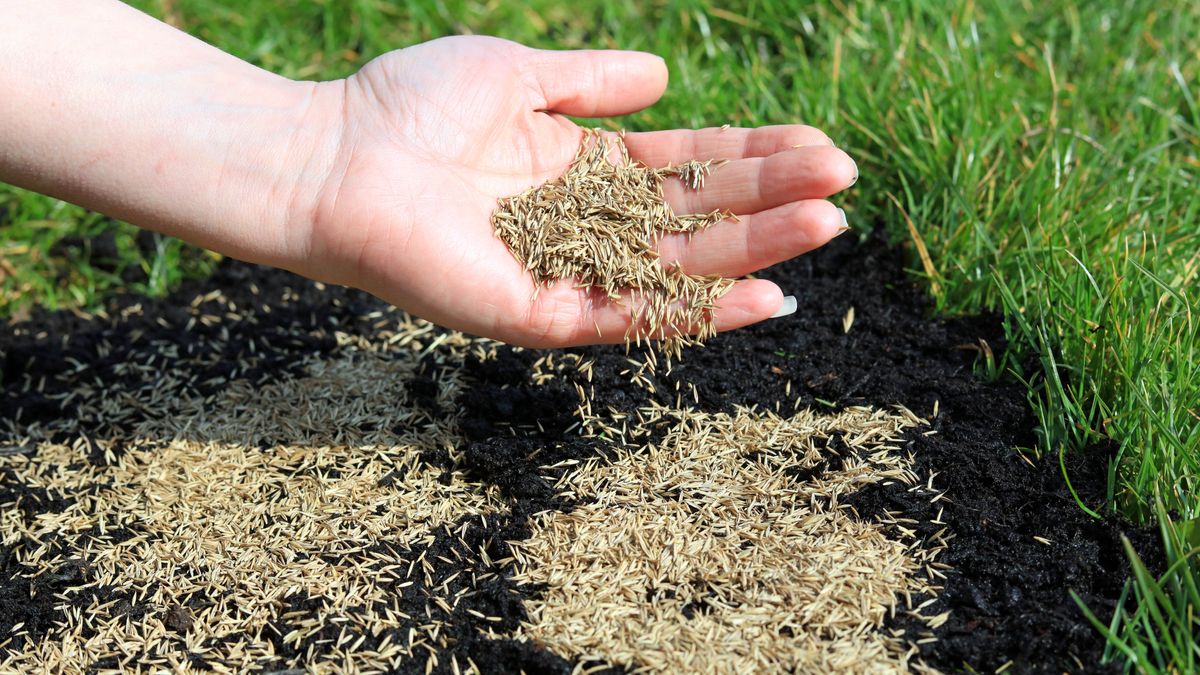
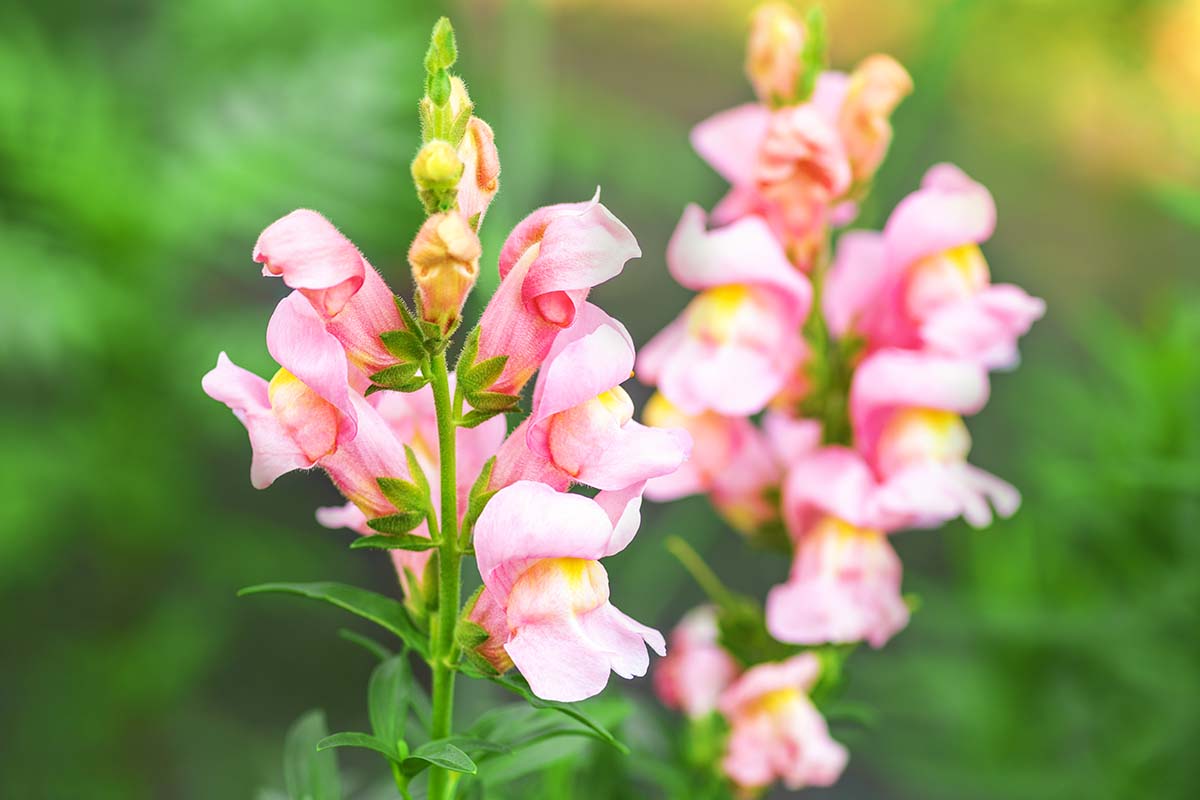
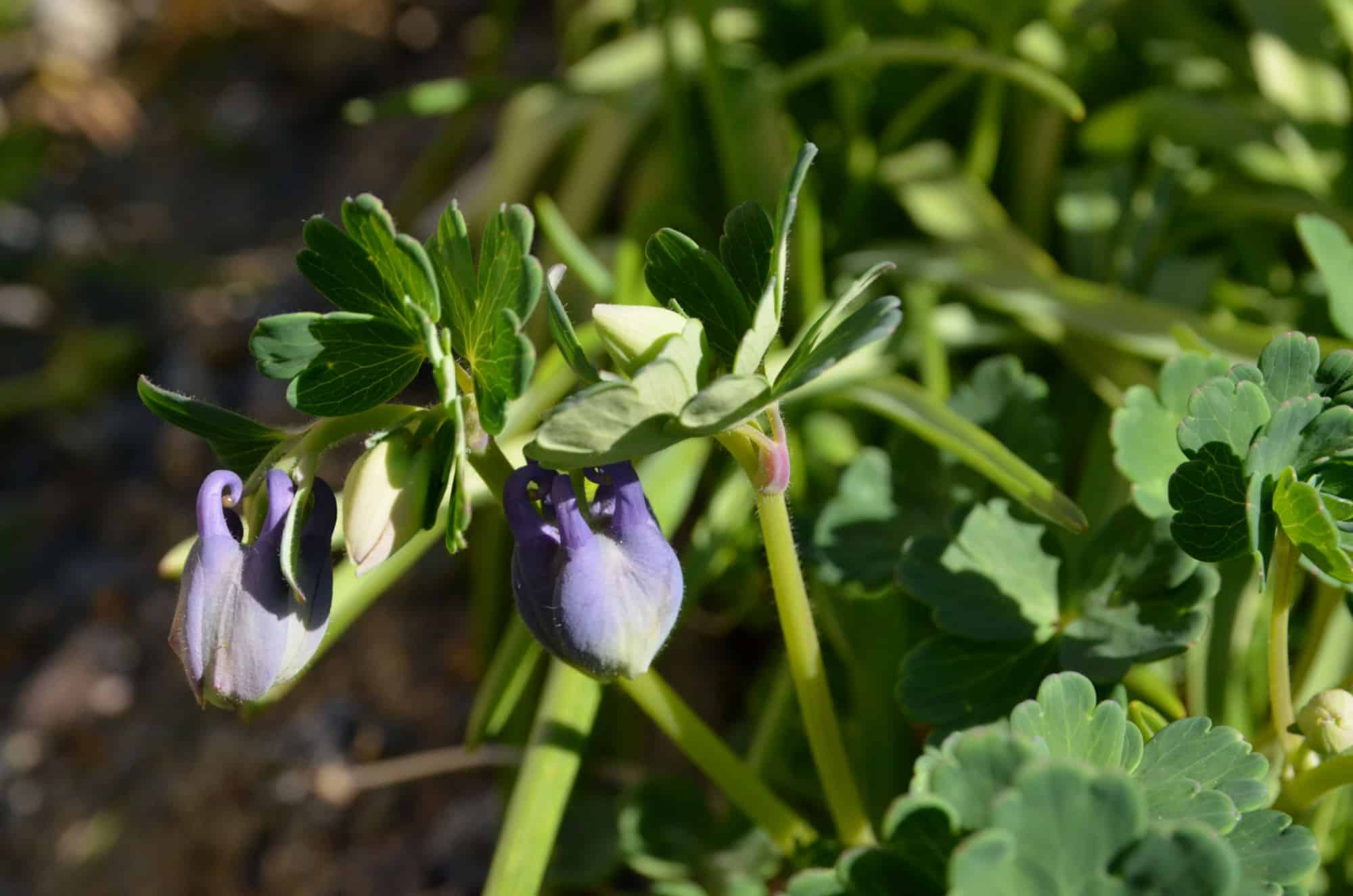
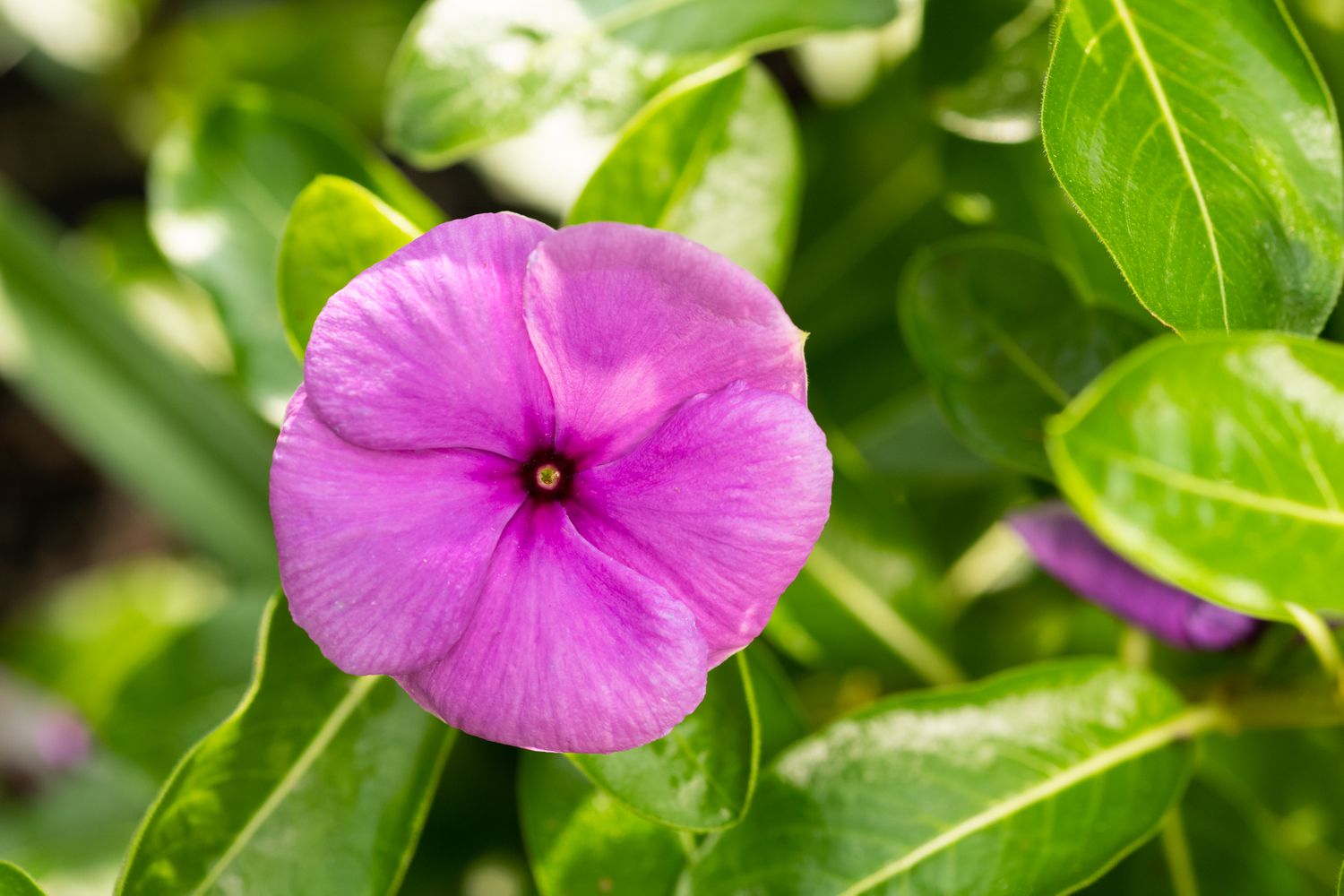
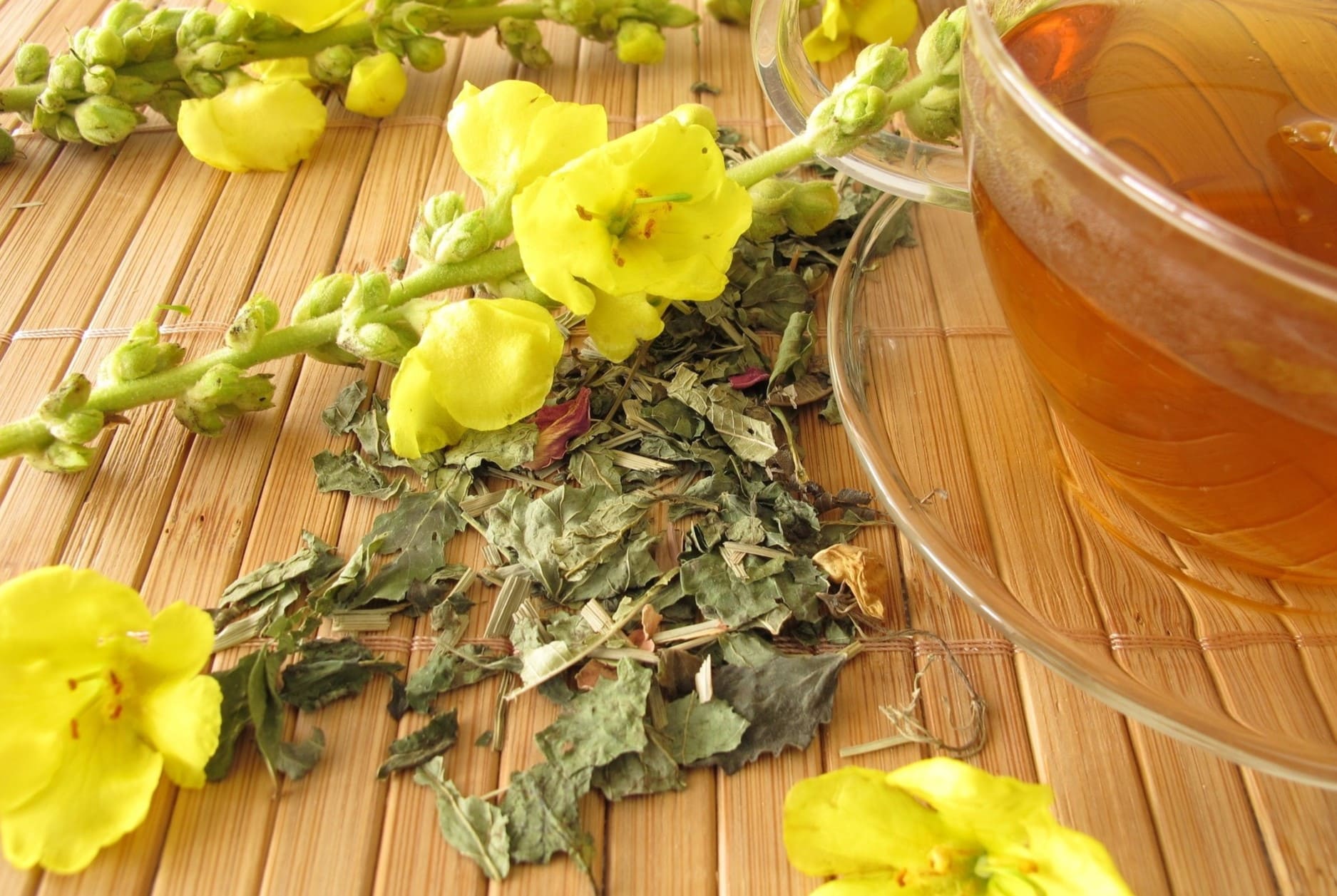
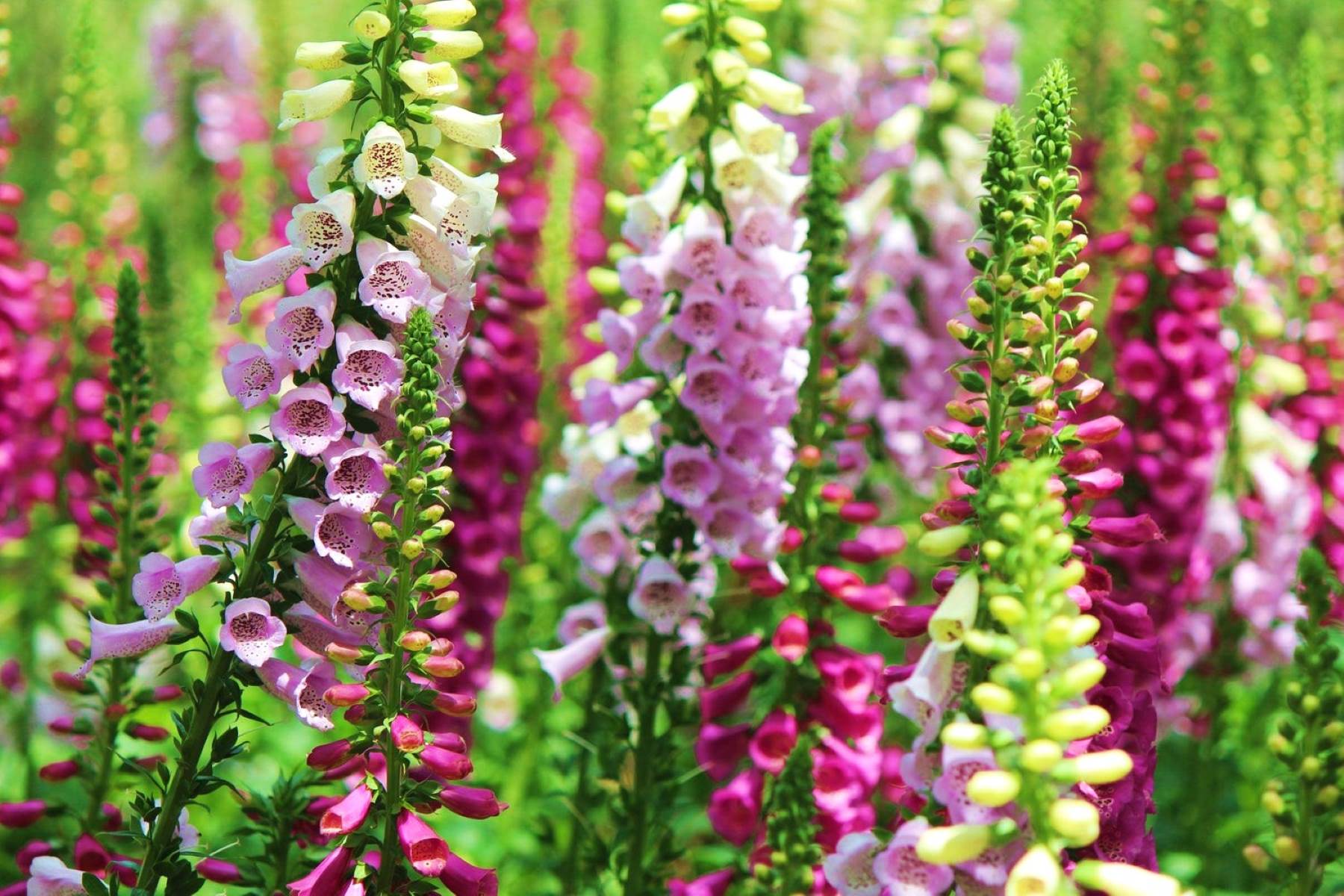
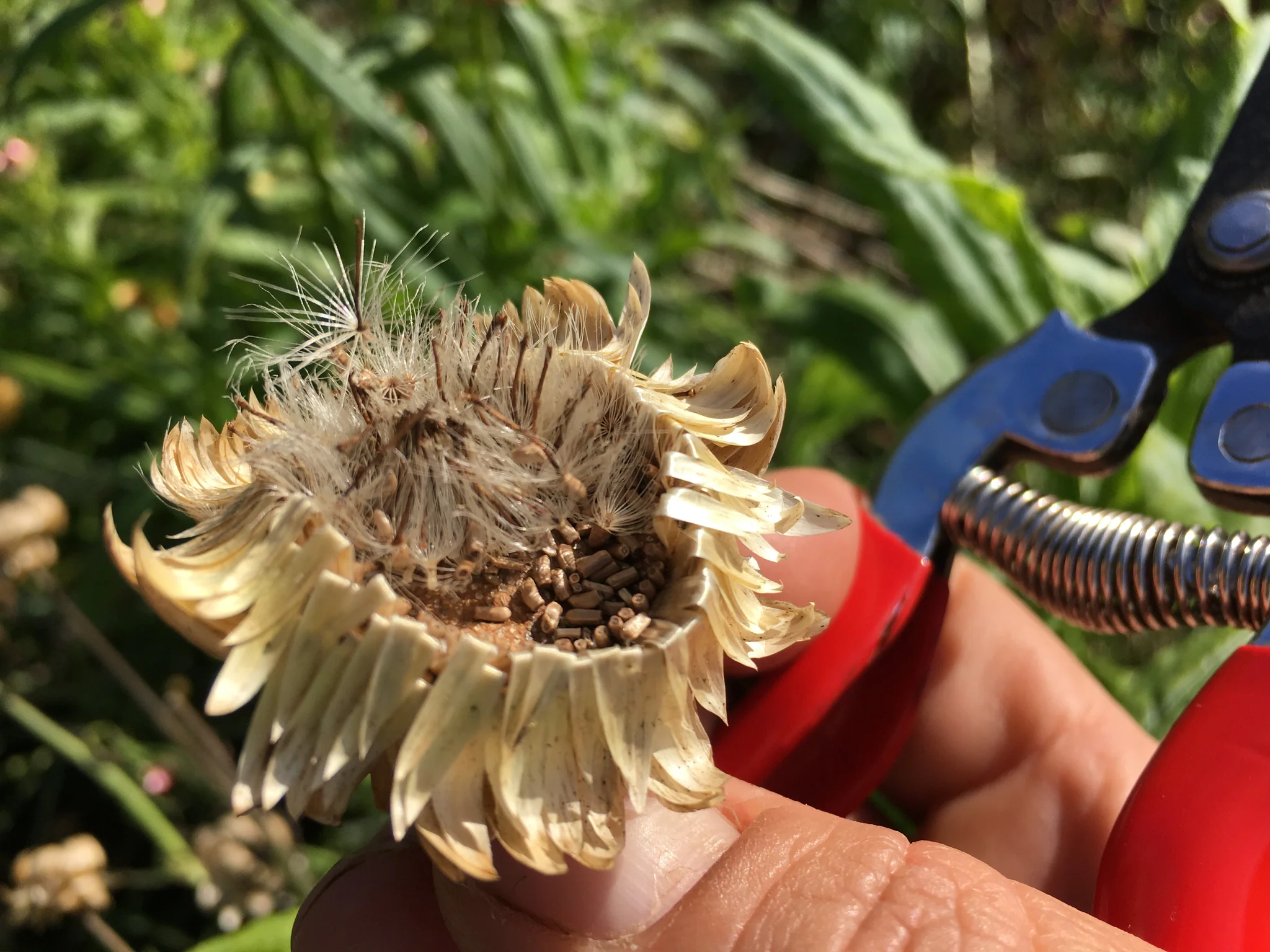
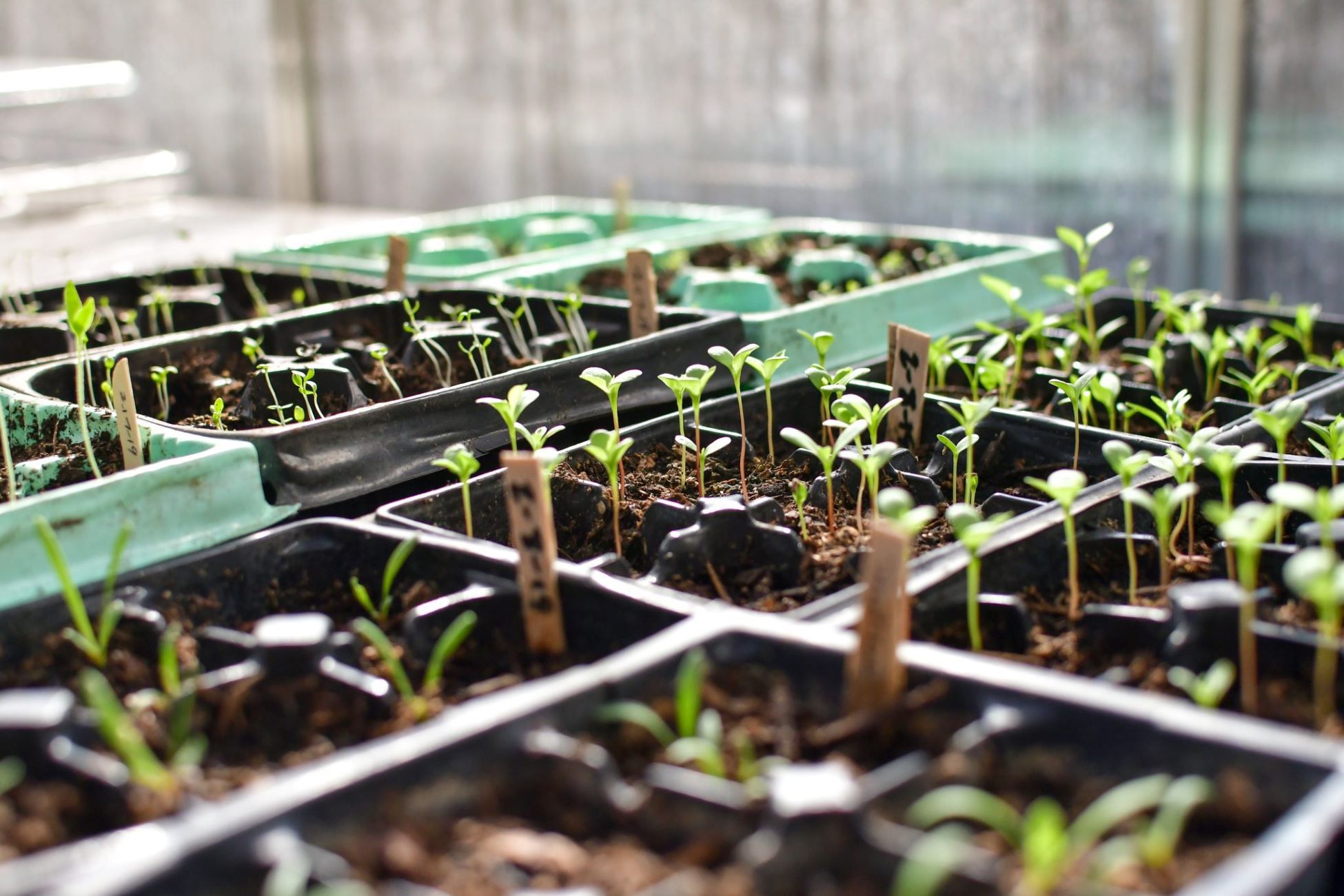
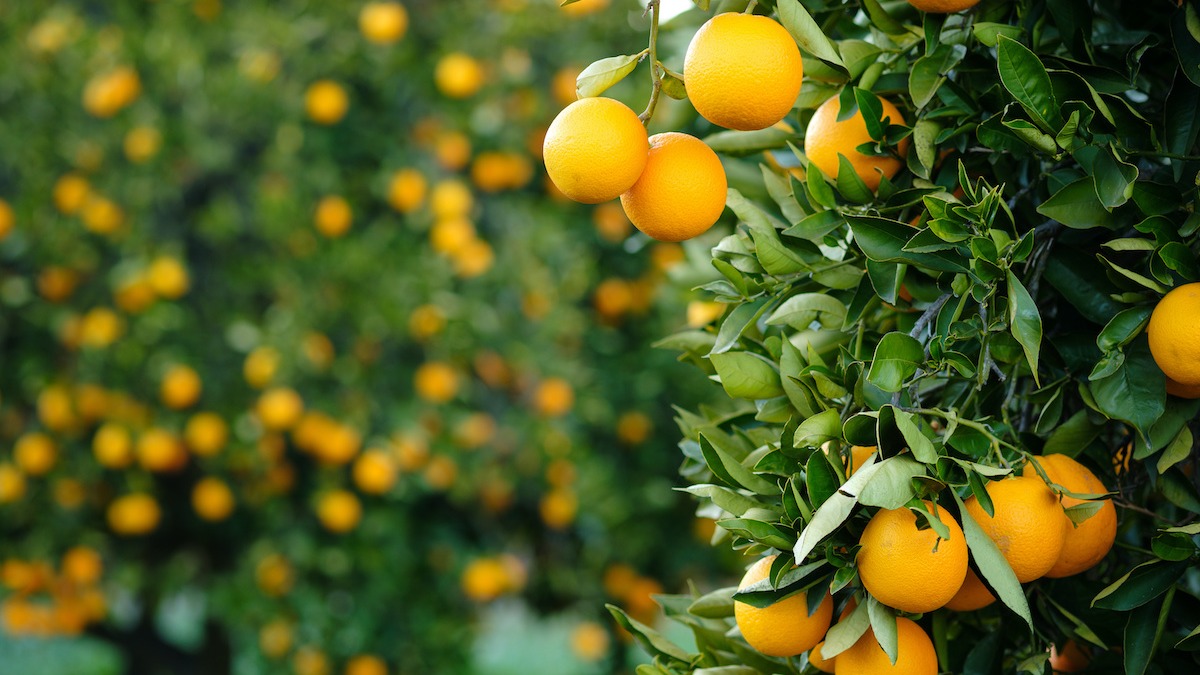
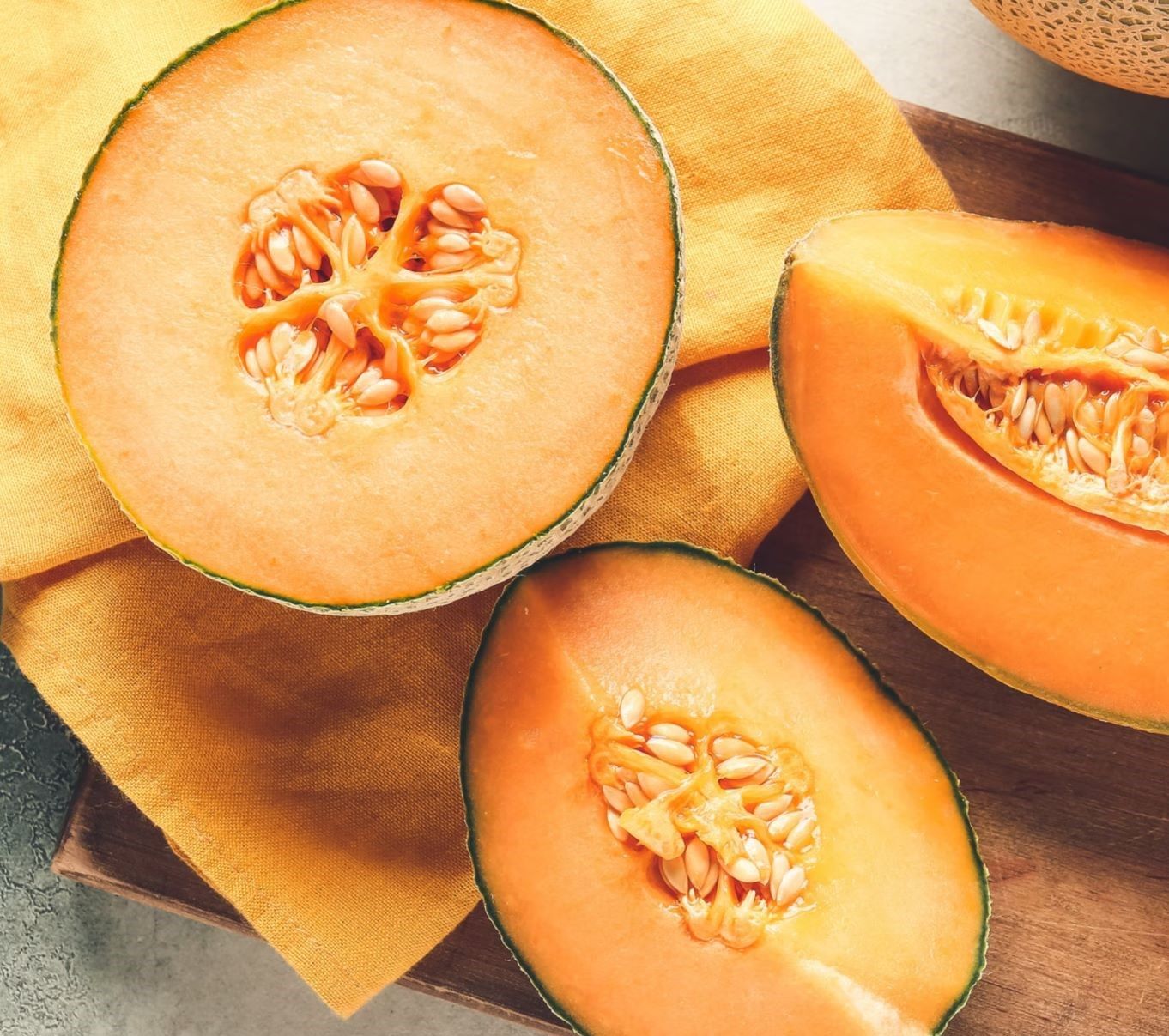
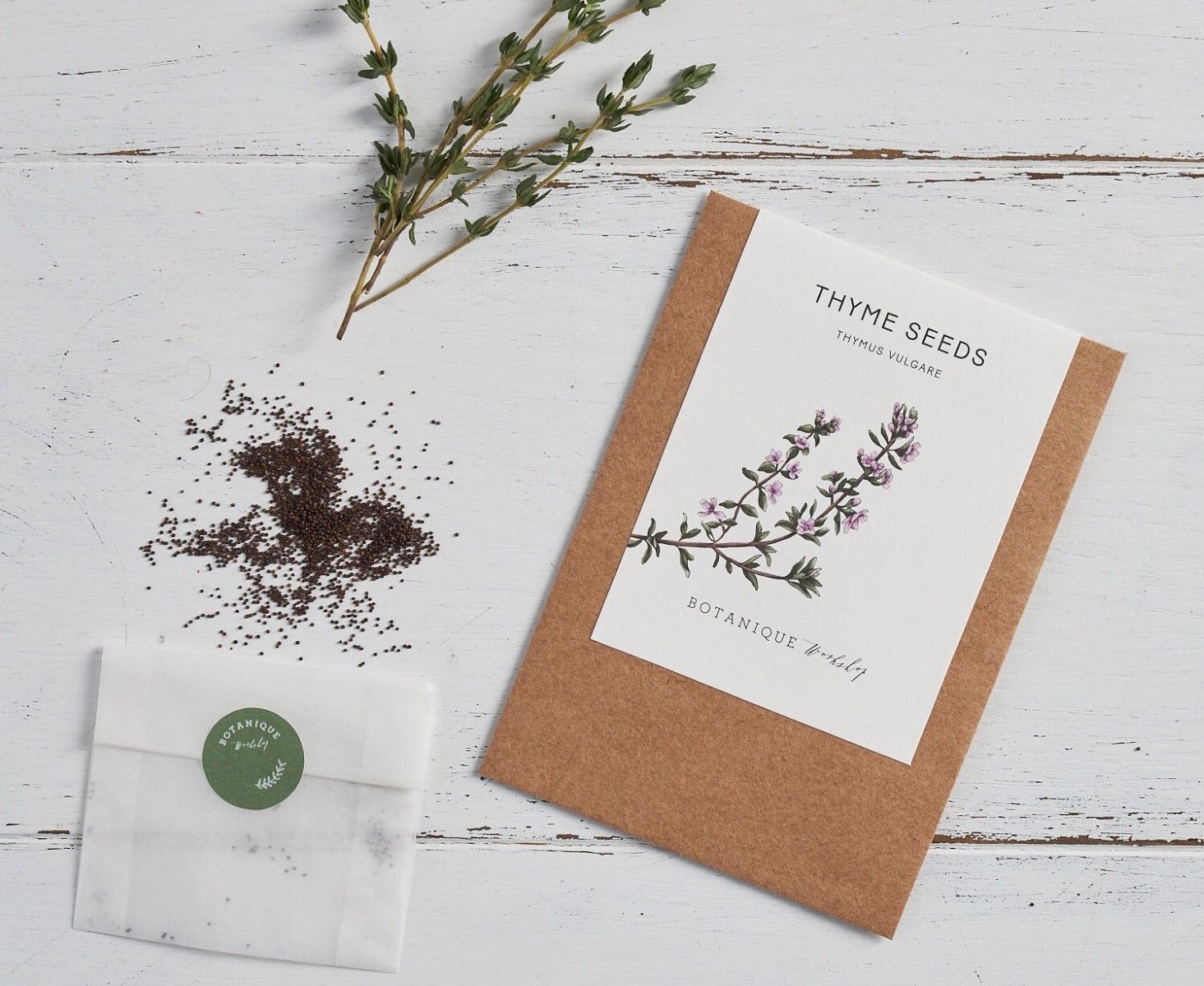
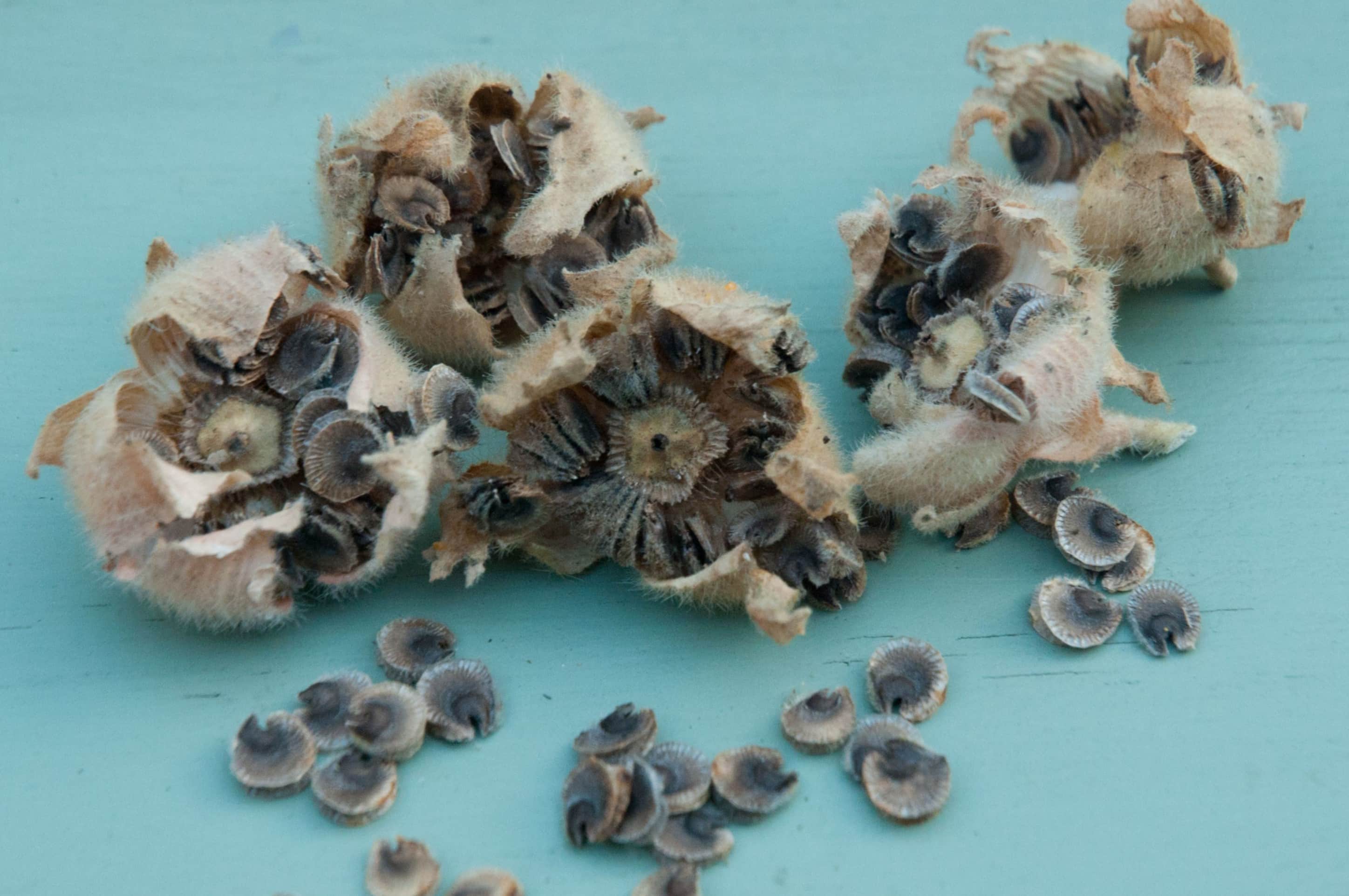
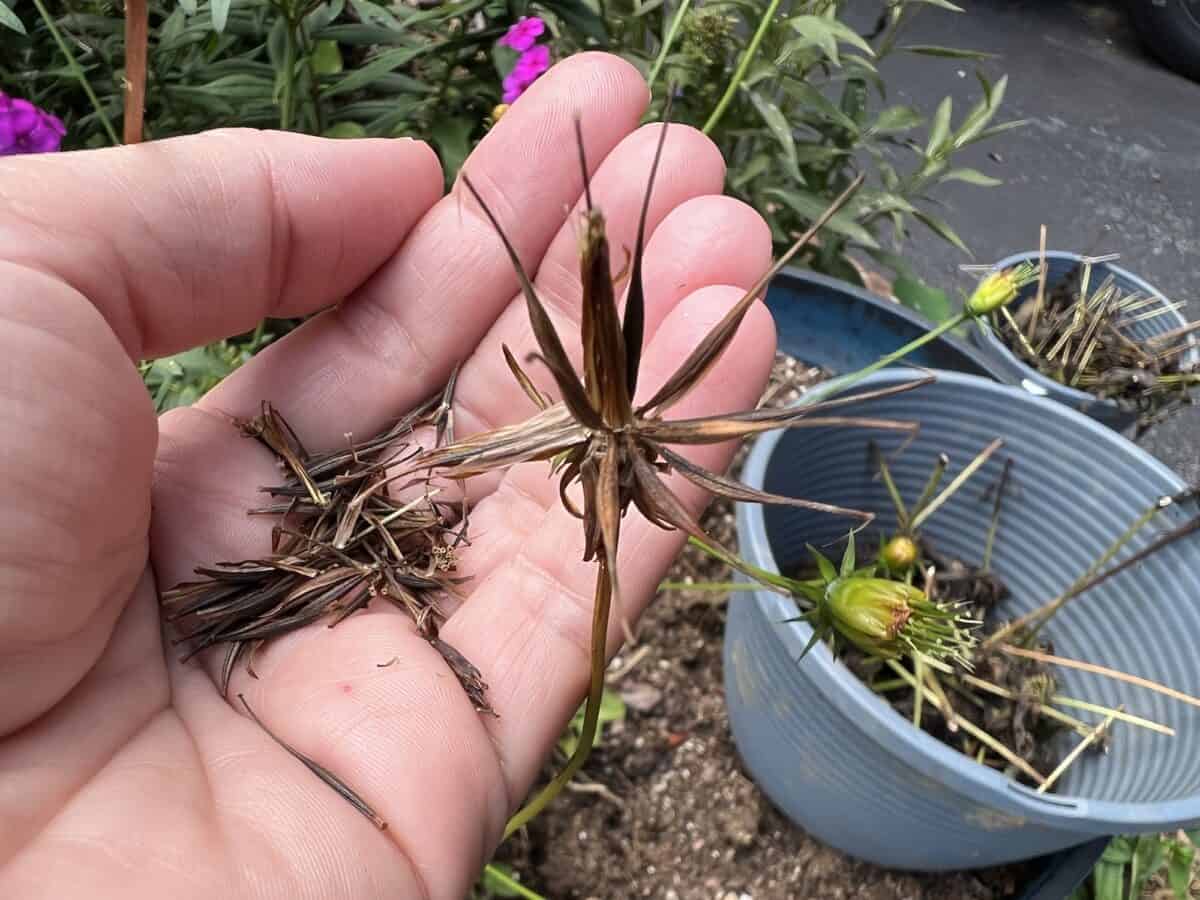
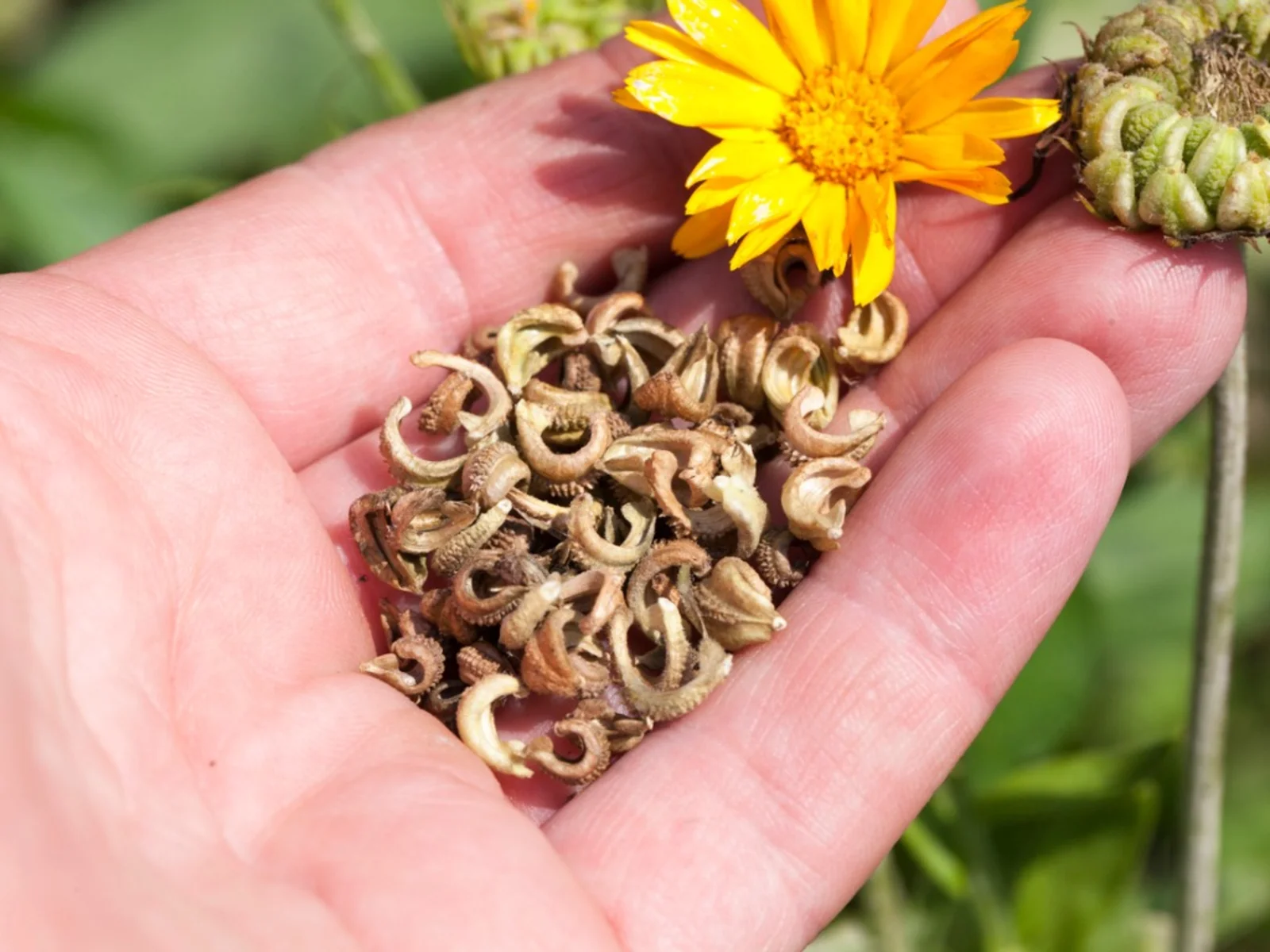

0 thoughts on “When To Plant Gaillardia Seeds”